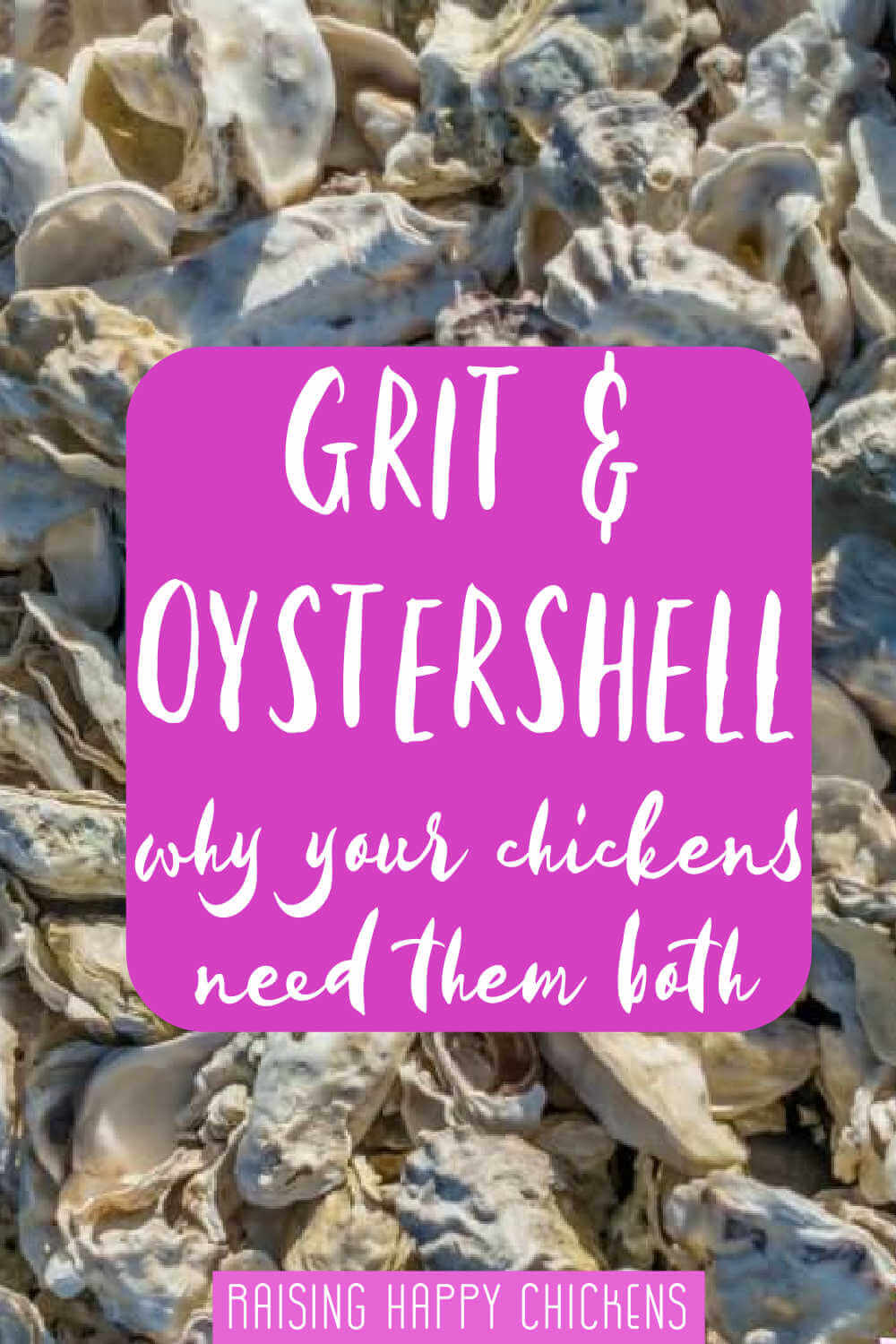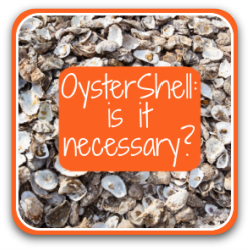Grit and oyster shell: why they're both critical to the health of your chickens.
Grit and oyster shell are not the same thing. Your flock needs both. Read on to find out why.
We all want to give our chickens the best possible foods to make sure they - and their eggs - are as healthy as they can be.
But good quality foods and yummy treats are only part of the story.
Without grit and oyster shell your flock's health can be seriously compromised.
Here's why they are two of the most critical elements of their diet - all year round.
Looking for specific oyster shell information? Click here.
Grit: general information.
What exactly is chicken grit and do chickens really need it?
In the wild, or when chickens free-range, they take in tiny bits of stone and gravel as they forage on the ground.
But depending on the type of ground, or if your chickens are living in a grassy run, they may not get enough to be able properly to digest their food.
That's when they need to be given extra.
Commercially produced grit, which you'll be able to buy inexpensively from your feed store or online, is made from insoluble stone - often granite or flint.
There are different grades of grit depending on the age of the chicken. Baby chicks should have a very fine mix; as they get older it should be more coarse.
If you purchase a product through links on the rest of this page, I receive a small commission at no extra cost to you. I only recommend products I have purchased or would purchase myself and which I believe would benefit you. To learn more please see my disclosure policy.
Why do chickens need grit?
- Ever heard the phrase "As rare as hen's teeth"? That's because chickens don't have teeth. When they take food into their beak it's moistened by saliva but not chewed, and pushed down the throat by the tongue.
- So chickens need grit to be their teeth. The stone goes straight down the throat into the 'gizzard' which is the second, muscular part of the stomach. It's a tough, rubber-like bag which is strong and flexible enough to churn the food without distending or splitting.
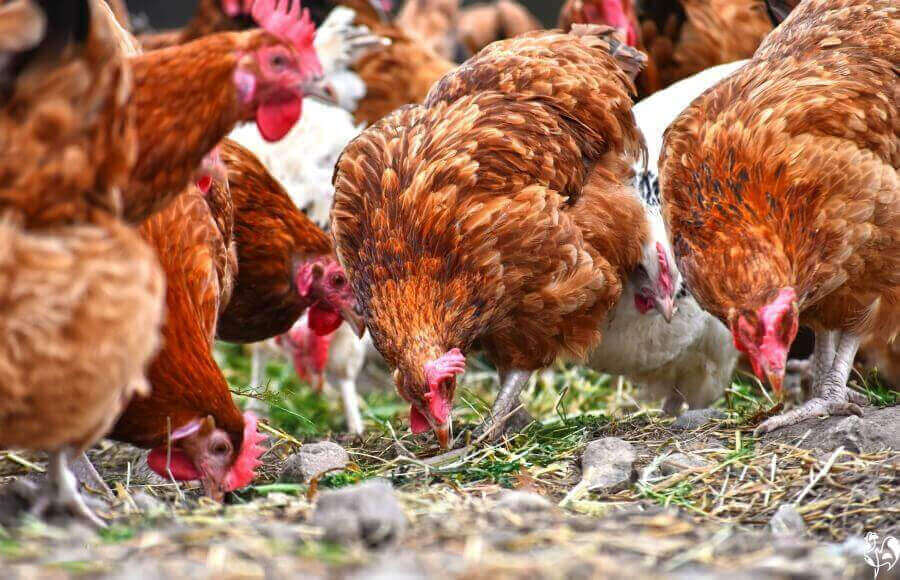 Chickens who free range will pick grit up from the ground.
Chickens who free range will pick grit up from the ground.- In the gizzard, the combination of strong muscle movement and the insoluble chips of stone grinds the food into a digestible mush.
- Enzymes which were added in the first part of the stomach break it down even further so it can be properly absorbed into the body when it passes from the gizzard into the intestines.
- Without grit, food won't break down sufficiently. What can happen then is that it putrifies in the stomach - and your chicken becomes very ill.
At what age do baby chicks need grit?
- If you're raising chicks in a brooder, i.e. without a broody hen, do not feed treats (and grit) too early. Chicks need to learn first what their 'proper' food is, because that's where they will get the balanced nutrients they need.
- I don't give chicks treats until they're at least a week old but that's personal preference. With a broody hen they'll eat other foods from a couple of days old and will pick up grit naturally as they peck.
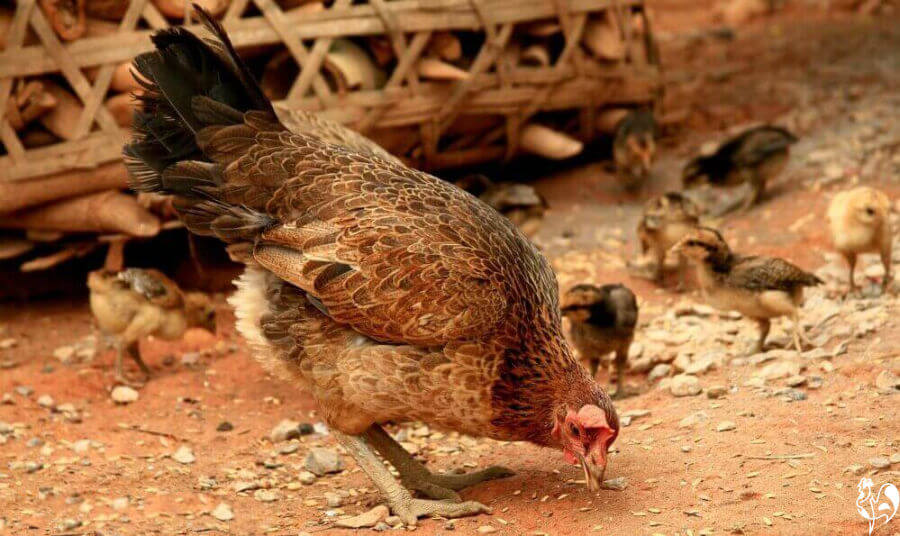
- Babies who are eating nothing but a commercially produced starter feed do not need grit. The food is soft enough to be absorbed without the need for grinding.
- However, as soon as chicks are given any kind of treat food, they need some form of grit. It doesn't matter whether you think the treats are soft and easily digested - any food other than chick starter requires it.
- Grit for babies up to three weeks can be something as simple as bits of sandy soil still attached to a lettuce, or a clod of grass with earth attached. If using sand it needs to be a builder's or all purpose grade: play sand is too fine and won't aid digestion. It will go in one end and straight out the other.
- Once they're over three weeks you need to look for a 'grower' grit which is coarser. They can use that from three weeks until around two months, after which they will require an even coarser, adult mix.
- Something like this specially prepared grit which has added probiotics is ideal.
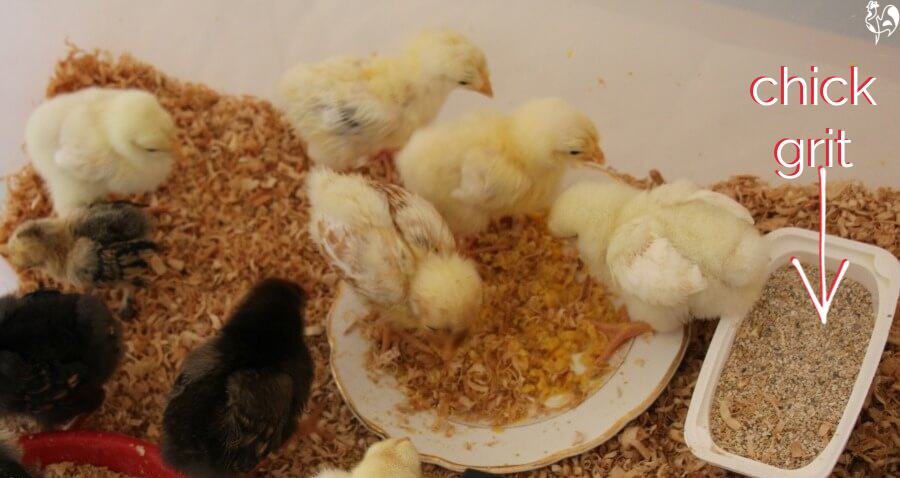 Some of my chicks enjoying a sweetcorn treat with a pot of chick-grade grit.
Some of my chicks enjoying a sweetcorn treat with a pot of chick-grade grit.When do adult chickens need grit?
- Adult chickens who are fed only commercial food and do not have access to any other food or treats do not need grit. The feed is soft enough not to require grinding.
- However, just as with baby chicks, once your flock is eating anything else including any form of treats or bugs, they need to be given something to help them grind the food.
- An adult chicken needs a fairly coarse mix so you need to ask your feed store to make sure you're getting the right grade. If it's too fine, it will pass through the system without stopping.
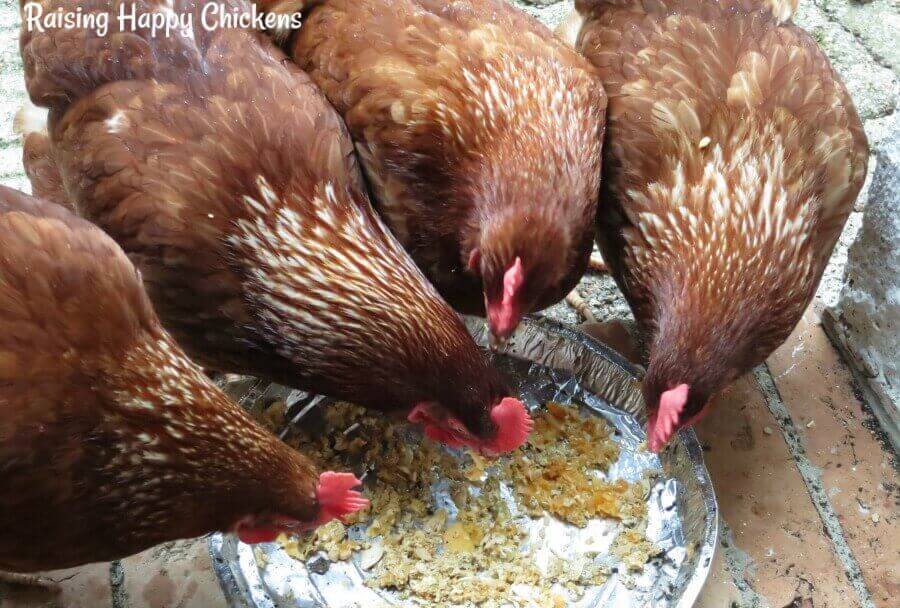 My Red Stars digging into a protein treat. They pick up grit from the ground but also have a pot provided.
My Red Stars digging into a protein treat. They pick up grit from the ground but also have a pot provided.This coarse grit for adult chickens is ideal.
How should grit be given?
- Even chickens who free range and have the opportunity to eat stones from the ground should be offered some additional gravel to ensure they are getting enough.
- Provide it separately in a container in the coop. The chickens will take what they need.
- Make sure the mix you're buying for young chickens - up to 18 weeks old - does not have added calcium. Whereas all chickens need grit, added calcium is needed only for laying hens and can be detrimental for young chicks or pullets - it damages the kidneys.
- Here's that link to buy adult chicken grit again if you can't find it locally.
Oyster shell for chickens: general information.
Making egg shells takes a lot of calcium, and some laying hens create one egg each day.
If a hen doesn't have enough in her diet, her body will steal calcium from her bones to create the egg shell. That leaves bones very brittle with the potential for easy breakages, similar to osteoporosis in humans.
A supply of oyster shell is a simple way of making sure your hens have the necessary calcium supplement in their daily diet.
A calcium supplement is so important for chickens that I have written a separate, detailed article about it.
Based on research papers, it explains the importance of calcium, examines whether oyster shell is the best source, and outlines how and when to feed it.
What is oyster shell?
The most popular and reliable medium for making sure your hens get enough calcium in their diet is crushed (also called ground) oyster shell. It consists of more than 95% calcium carbonate, which laying hens need to ensure strong shelled eggs.
It will be available from your feed store, or you can buy it online (although the feed store option will be much less expensive!).
Important: don't confuse oyster shell with grit.
- Grit is insoluble. It stays in the gizzard and is used to grind food.
- Oyster shell dissolves in the gut. Its job is not to do with digestion: it's needed to add a calcium supplement to the diet of laying hens.
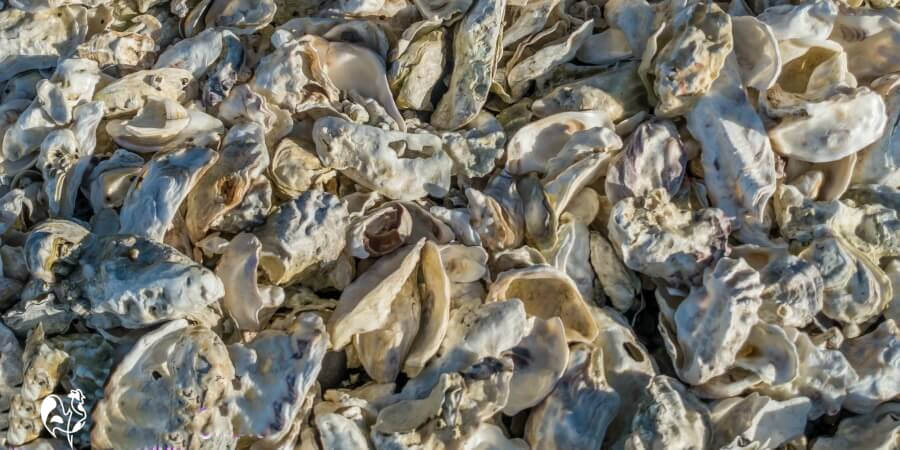 Oyster shell: critical for laying hens.
Oyster shell: critical for laying hens.Remember: both oyster shell and grit should be offered to your flock. They serve two different functions, both of which are critical to your chickens' health.
More about healthy food for chickens.
A lot of "facts" you'll find on the internet are often people's individual views, based on inaccurate information repeated from poor quality sources.
The information I provide in this article and others is based not just on my own experience, but on evidenced facts from scientific, peer-reviewed research and books from highly respected and experienced poultry keepers such as Gail Damerow.
Some of the trusted sources I have used in this article are these.
Branion, Hugh : 'Grit for Poultry'. Pub. Granite Grit Industry of America, Inc.
Jacob, Wilson et al : 'Factors affecting egg production in backyard chicken flocks'. University of Florida, 2013.
